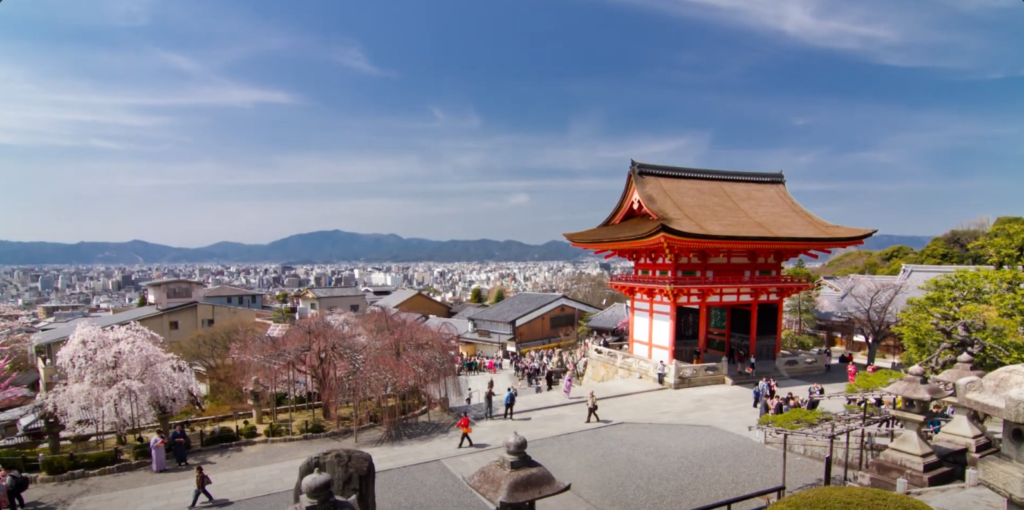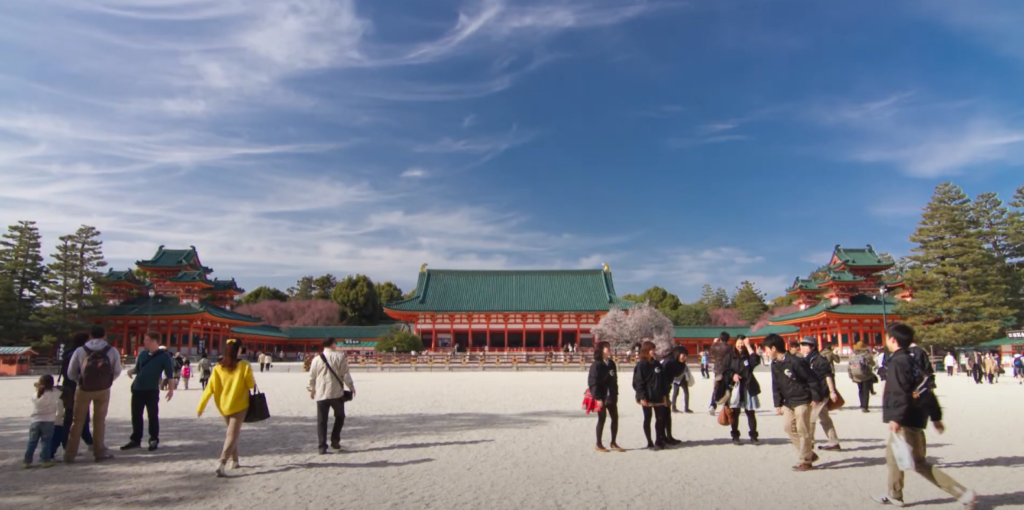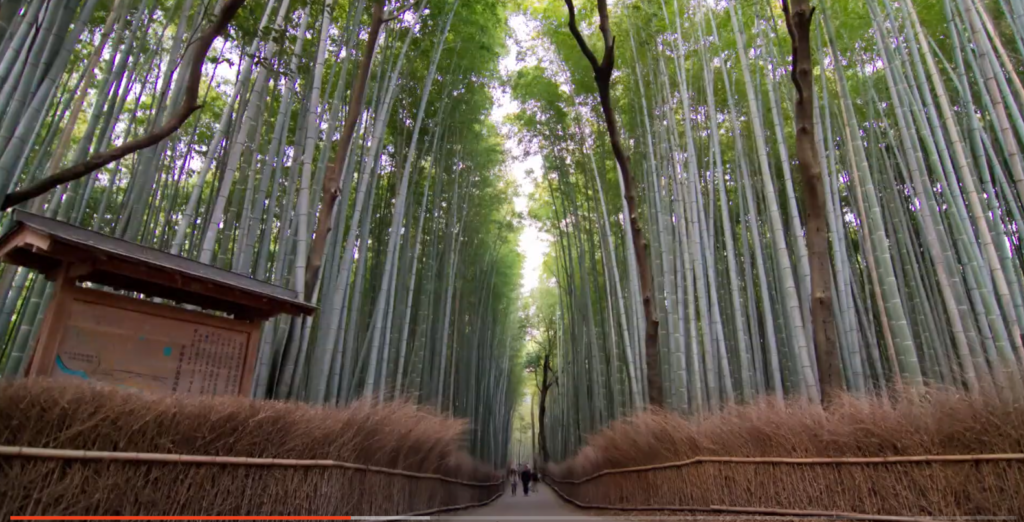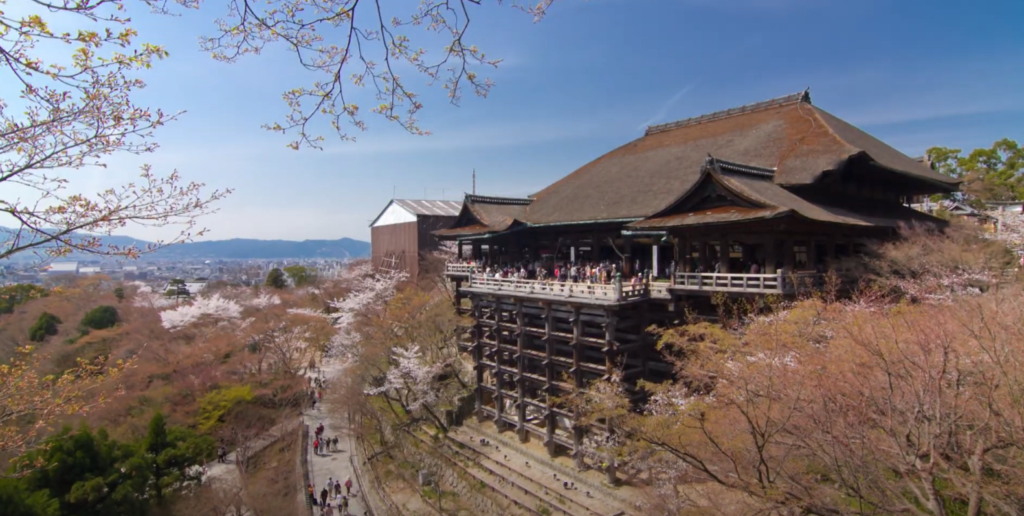How Time-Lapse Photography Affects Our Perception of Time and Consciousness

The Magic of Compressing Time
Time-lapse photography captures gradual changes and compresses them into a short duration, making it possible to witness phenomena that are otherwise imperceptible in real-time. This technique can reveal the subtle movements of celestial bodies, the growth of plants, and the bustling activity of urban environments, all in a matter of seconds.
Enhancing Our Awareness of Time
By speeding up the passage of time, time-lapse photography allows us to see patterns and processes that would typically go unnoticed. It provides a unique perspective on the passage of time, enhancing our awareness and appreciation of the natural and human-made world. As we watch the accelerated progression of time, we gain a deeper understanding of the rhythm and flow of life.
Impact on Consciousness
Time-lapse photography has a profound impact on our consciousness. It shifts our perception from the immediate moment to a broader temporal context, allowing us to see the bigger picture. This shift in perspective can lead to a heightened sense of awareness and mindfulness, as we become more attuned to the passage of time and the changes it brings.
Scientific Insights into Temporal Perception
Research has shown that visual stimuli, such as time-lapse photography, can influence our perception of time. According to a study by Eagleman and Pariyadath (2009), “Our perception of time is malleable and can be altered by visual and auditory stimuli.” Time-lapse photography, by condensing time, can thus reshape our temporal perception and enhance our cognitive understanding of time.
The Aesthetic Appeal of Time-Lapse
Beyond its impact on perception and consciousness, time-lapse photography is also aesthetically captivating. The dynamic interplay of light and shadow, the rhythmic flow of movement, and the stunning visuals create a mesmerizing experience. This aesthetic appeal further enhances the viewer’s engagement and emotional connection with the imagery.

Applications of Time-Lapse Photography
Time-lapse photography is used in various fields, from documenting natural phenomena and scientific research to creating engaging visual content in media and entertainment. Its ability to condense time and reveal hidden patterns makes it a valuable tool for storytelling and visual exploration.
Conclusion
Time-lapse photography offers a unique way to experience the flow of time, transforming our perception and enhancing our consciousness. By capturing and compressing temporal changes, it allows us to see the world from a new perspective, deepening our understanding and appreciation of the passage of time.


